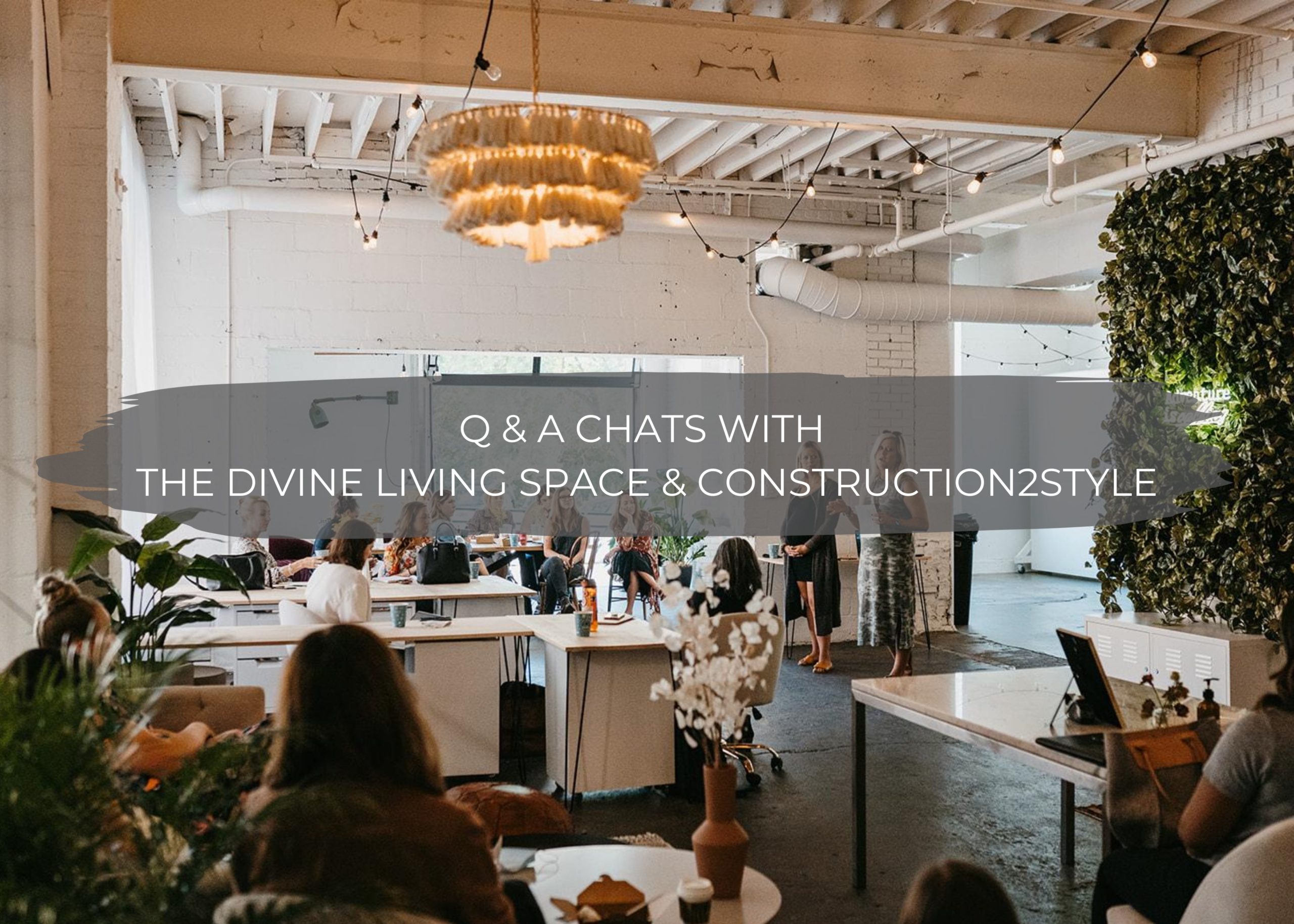
A huge THANK YOU to The Tile Shop for sponsoring this event. We’re so thankful for our brand partners because, without them, we wouldn’t be able to put on fun events like these, where we get to hopefully inspire, educate and love on all of you.
Earlier this year, my friend Stephanie from The Divine Living Space, called me up and asked if I’d be up for doing some sort of coffee chat event with her. Opening it up to the public and letting any upcoming designers “pick our brains”. Of course, I was in with no questions asked and we got planning!
We wanted to create a space and allow time for fellow designers who are getting their feet wet in the design industry to connect with and support one another and also find the resources they’ve been looking for. Stephanie and I have spent years getting to where we are at, and also took two very different paths to get here.
We have spent our careers learning, growing, facing setbacks, and persevering. As Stephanie said, “I’ve put so much of my time–and yes, even plenty of blood, sweat, and tears–into my business. In short, I’ve worked hard to get where I am and it’s been a long, tough journey. There are no quick and easy ways to grow a business; it takes patience and sacrifice.”
However, there have been things we wish we would have known or resources we had to make that journey a bit let stressful. And the thing that connected me to Stephanie right away, as we met through Instagram, is that she is much like me in that she is an open book, supportive even to her competitors, and knows there is room and work for all. She has the biggest heart and wants to see everyone succeed personally and professionally! And I’m so lucky to have her in my life. She’s one that I call up multiple times throughout the week when needing advice whether that comes to a client or kids.
We had some BIG plans for this event and for another fall event, but then COVID happened and that put a little wrench in things. But it may have just ended up working out better in the end. Because of a change in plans we all got to discover a beautiful new private venue, Fisk Collab studio. We got to enjoy individually boxed lunches from the new, up and coming Nosh & Gather and make it that much more private and intimate with a smaller group. It was perfect.
The goal of this event after all was to sit down with any of you who have sent us that DM or email asking to “pick our brain” over coffee and get candid about our industry experiences.
And we got to do just that this past week over freshly crafted cold brew and delicious homemade eats from Nosh & Gather and chatted about…
How we got started in the design industry?
What we consider the most effective ways to get new clients?
What role blogging plays in growing a design business?
Which tech tools we prefer to use while presenting, and more?
What does your onboarding process look like?
How do you find your ideal client?
How do you charge?
And of course, we opened up the conversation so you could all get your questions answered too. Our goal was that everyone who came would leave this chat re-energized and ready to tackle new and hard things in order to grow your own design business.
And you bet, we’ll be hosting more of these into 2021.
And a HUGE thank you to Kiley Marissa Photography for spending her time capturing these moments to be able to share with all of you.
And today I wanted to share a few of the Q & A for those that couldn’t make it or that live out of state.
Best Advice You Can Give Someone Starting Out?
Hire an accountant, a lawyer, and make sure your branding is on point.
Then create content, content, and more content.
When starting and growing a business there are A LOT of hats you need to wear. Initially, we didn’t hire an accountant because I thought I could manage that being we were only taking on a couple of jobs at a time starting out. But the good thing about hiring a professional when it comes to your book work is that they ensure you are doing everything legally. And this will save you a ton of time and headaches in the end.
As a general contracting business, we need to ensure that every sub has worker’s comp insurance, general liability insurance and you need to ensure you have a copy of their certificates for adequate coverage. There are also contracts between you and your subs and vendors. And through your worker’s comp and general liability insurance company you will be audited every single year and you have to ensure that all of these certificates, invoices, etc. have all been documented and collected and paid properly.
We have been fined for subs not having adequate insurance coverage, and that’s not a fun fine to pay. Hiring a professional accountant has alleviated all of the unknowns or what-ifs for us. Monthly they provide us with proper profit and loss documents and projections to know where we stand and also allow us to know what we need to work for in the upcoming quarters. And when it comes to tax filing, running a business and filing your taxes looks a whole lot different than when you worked for someone else. So this is something that we can rest assured is being done properly and also that we’re paying in throughout the year instead of getting hit with a big fat bill come tax season.
And when it comes to branding, my only suggestion if you want to be seen as a design-savvy professional, you don’t want your logo, font, or colors to all look like it came out of clip art. Or worse, that you stole copyrighting from someone else without knowing it. Which is also why a lawyer is so important.
We work with The Creative’s Counsel on the legal side of our business and hired Haworth & Company as our accountant. Both of which we highly recommend.
As for Stephanie, when it came to this question her response was to set your prices right!
You will attract the clients accordingly – so if they are too low, you’re going to be overworked and underpaid.
Contracts are another big one! Make sure you have them, use them, and do not do work without them – including social media contracts.
Do your research on contractors, and products so you can be confident in who you are referring your clients to! And also ensure you know what you want to specialize in and then keep up on training and offerings in that field. We can’t do it all and don’t feel bad if you need to outsource something such as, creating mood boards or doing the visual floor plan renderings.
So in a nutshell, the best advice we can give someone starting out?
- Hire an accountant
- Hire a lawyer
- Ensure your branding is on point
- Set your prices right
- Have contracts
- Research contractors
- Outsource
What Does your Onboarding Process Look Like?
Both Stephanie and I do things fairly similar. When a project inquiry comes in the first three and most important questions that we ask are…
- How did you hear about us?
- What is your timeline?
- What is your budget?
This will immediately help us know if they are a good fit or not. For me, “How did you hear about us?” is the biggest one! If it was a Google search, that tells me they are just price shopping and don’t fully know who we are as a company, brand, and people. I don’t invest too much time into these leads. However, if they say they have been following our blog for quite some time, I know that more than likely they are only wanting to work with us as they have formed a relationship with us, know that we are a husband and wife, and most importantly a mom and dad and have a life outside of work and we know more than likely they appreciate that and will respect that and it’ll be a healthy working relationship. And we try to only work with nice people (even though a couple have slid in under our radar) so if it’s a referral, even better! Bring on all of our clients’ friends and family!
Timeline and budget, you want to make sure it aligns with your workload and also that the budget is realistic. The last thing you want to realize after investing a ton of time into this client before you are paid for your time is that they are wanting to do a kitchen remodel for $10K when in reality the contractor you work with doesn’t do kitchens for under $60K.
Then once we’ve vetted them out via email and know that they are a good fit for our company, we send a design estimate. Once they agree to the proposal we send out, we send them over a contract to sign, get a deposit, and set up a payment plan along with a timeline for their project. Once we receive their down payment they are on our schedule. We then schedule a time to meet, or if they are a virtual client – schedule a kickoff call.
After the project bid is paid in full and contracts are signed we get to work! Kicking things off with a simple questionnaire, without giving our clients too much homework, then once we have looked over the questionnaire and gotten to know our clients, the next step is providing them with visionary mood boards followed by our first round of selection sheets and finishing it off with floor plans and renderings.
How do you Charge?
Not, how much do you charge?
Do you do free design consults? The biggest question we both get. As for us at c2s, we do not do any free consults. Our time is valuable and time is money. If we did free consults our full-time job would be running around the Twin Cities, meeting with people, and giving bids. And we’re also too small of a company to do that. And oftentimes I’m telling homeowners just that when they say, “So and so is giving me a free estimate.” Great! They probably have the resources to be able to do that. We don’t.
Know your value and don’t set your prices too low.
Over time, I’ve come up with a formula to know exactly how to charge. My first suggestion is to know what you value is at an hourly rate. When Jamie and I are thinking about our personal hourly rates, I am always at $100/hour while Jamie is at $200/hour. If we’re making anything less than that, we’d rather be home spending time with our family. To us, that is our worth. Now, does it always shake out to be exactly that? Heck, no. Again, which is why we set it so high. Because we know there will be plenty of times where we are going above and beyond for no additional charges and also mistakes happen and you will be the one eating those so you need to ensure proper cash flow/overhead for when that arises.
And then over time, we’ve learned our process, steps, and how much time each step takes. When it comes to creating a mood board I know I can create one in 30 minutes to 1 hour. Selection sheets are 1-3 hours, and floor plans and renderings (depending on the size of the space) are 4-10 hours. Then if I’m giving my clients 30 selections, I know that each selection takes around 5-10 minutes. So in my handy-dandy Excel spreadsheet, I plug in the math and do some formulas. I insert my deliverables, hourly rate, multiples, and total.
We also have minimums. We don’t do any designs for under $1,500. And same with Stephanie. But you also need to start somewhere. We’ve just gotten to a point and have also learned that anyone with a budget less than that will probably suck more time out of you than what it’s worth.
And what I always go back to is…would I rather be doing this or spending time with my babies? If it’s not worth it, it’s okay to just say no thank you. And move on because that next best client will be right around the corner and then when they come, you’ll be ready! And not busting your booty on someone who undervalues your work and worth.
We hope you all learned a thing or two and found value in today’s blog post and if you attended our event! Stephanie and I have big plans for future ones, but we decided we’ll wait until 2021 for the next. If this is something that would interest you, make sure to sign up for our c2s newsletters so you don’t miss an announcement or update! And if you have any questions about how to get started in the design industry, leave a comment below and we’ll be sure to answer.
XO
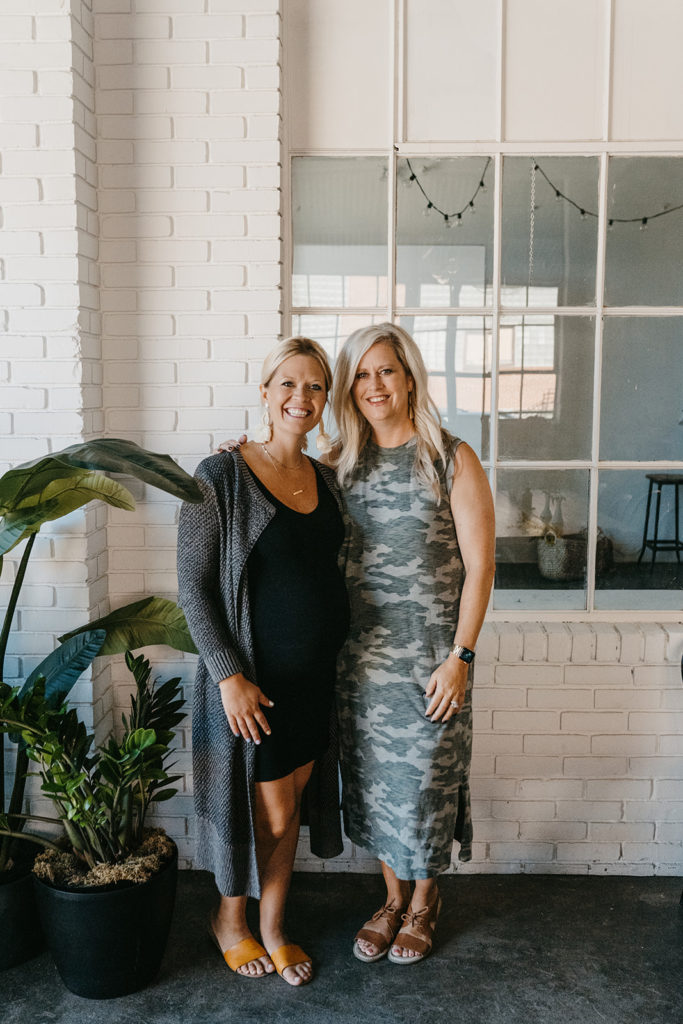
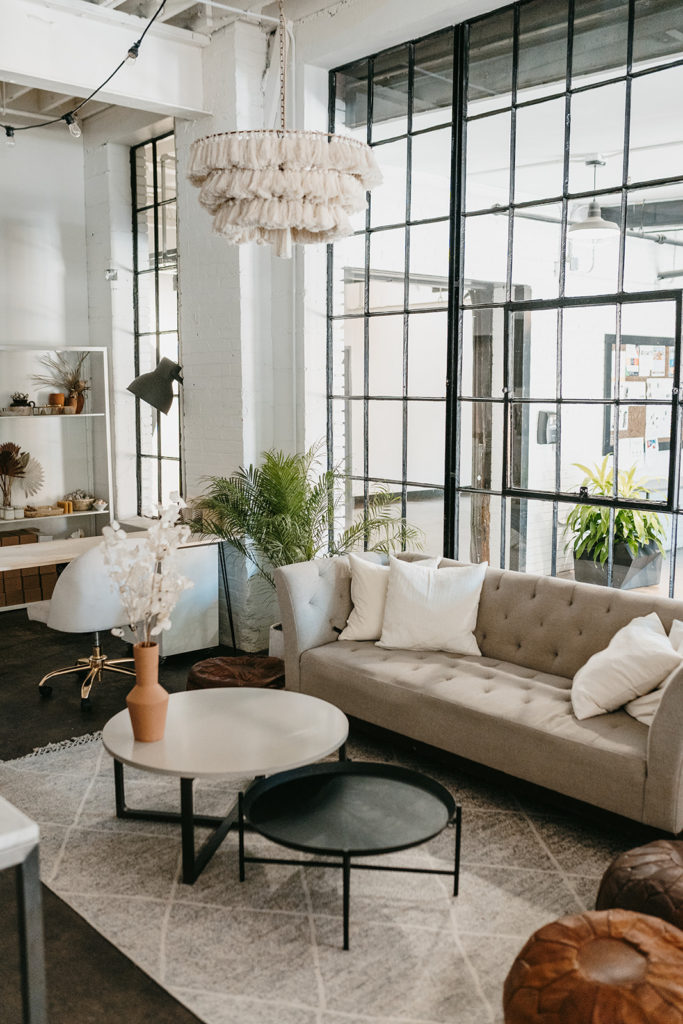
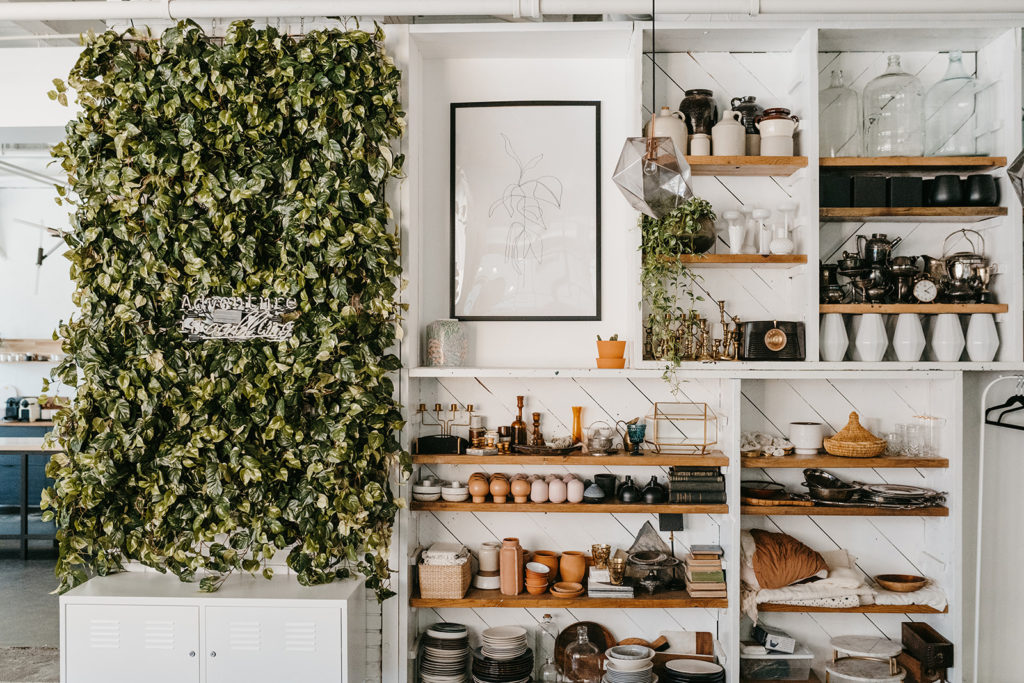
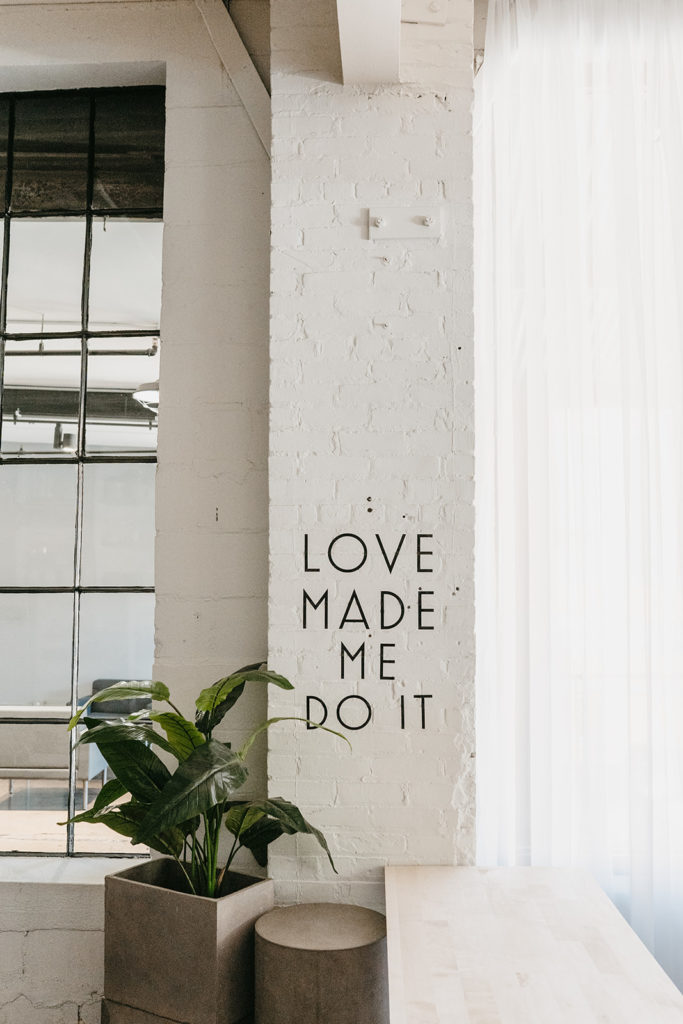
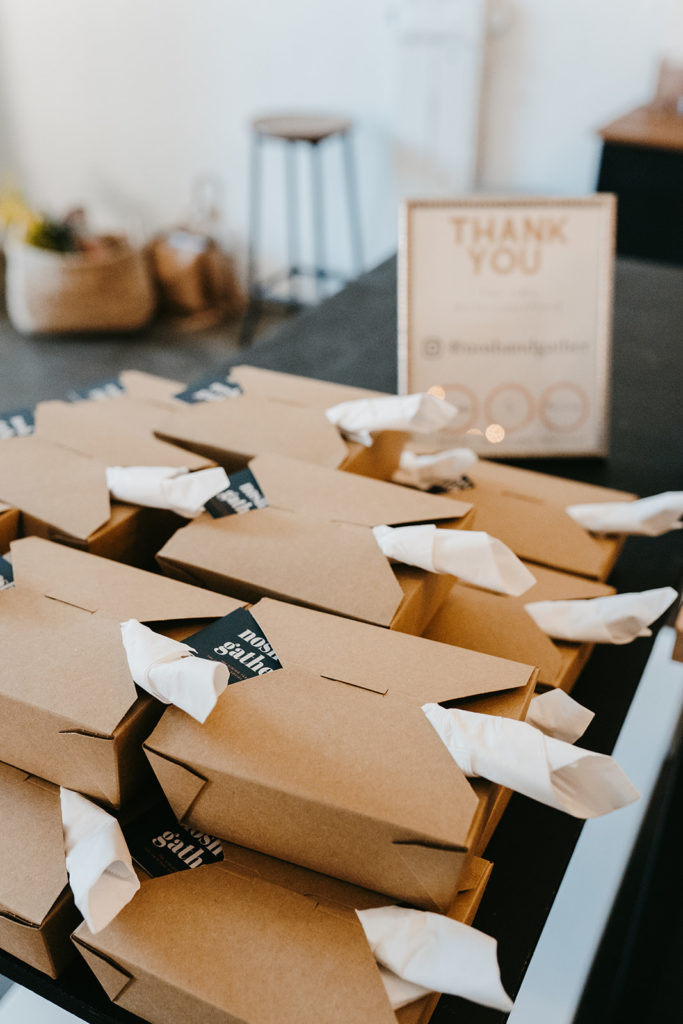

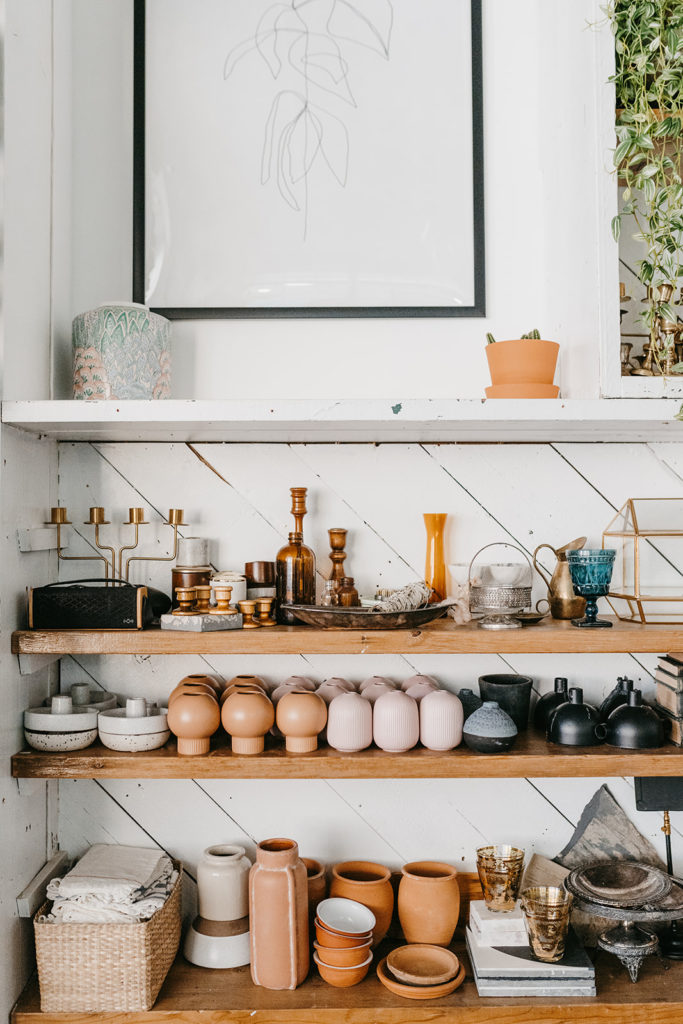

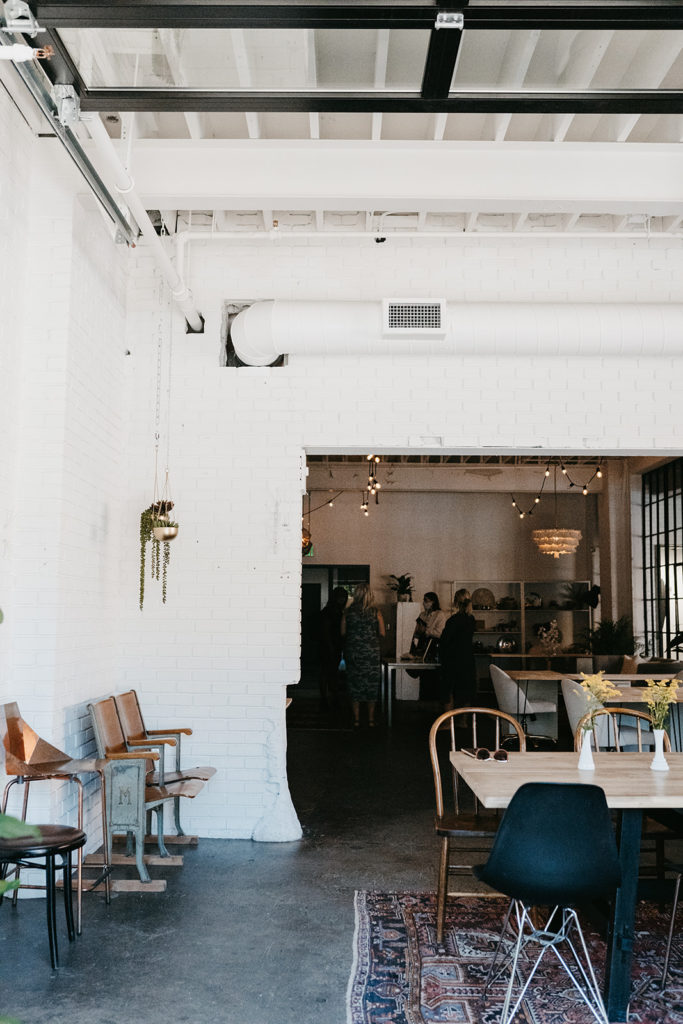
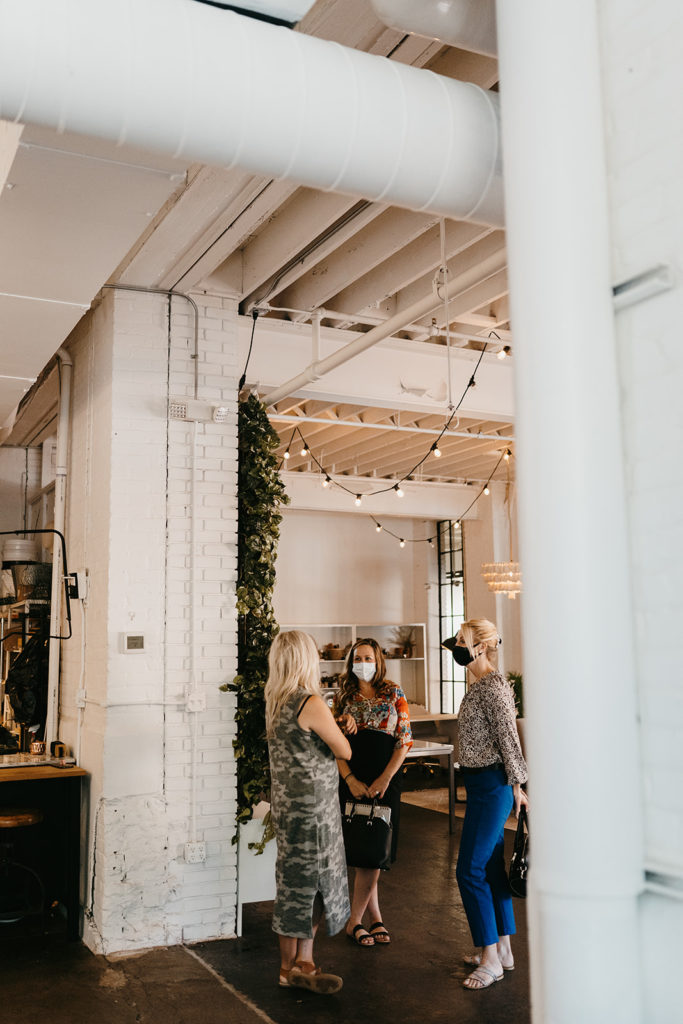



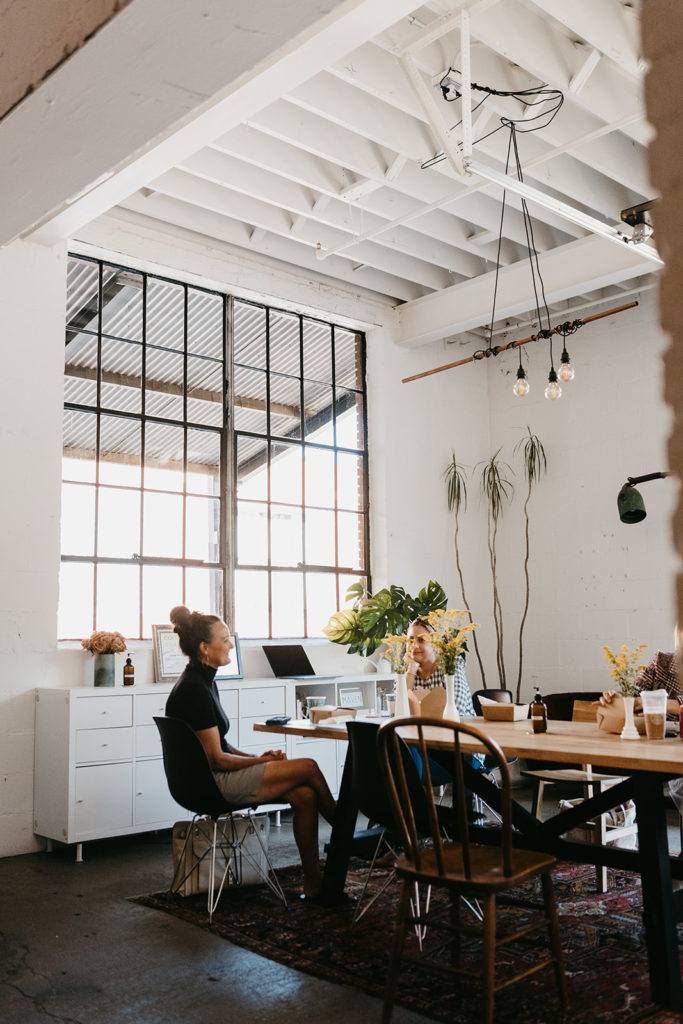



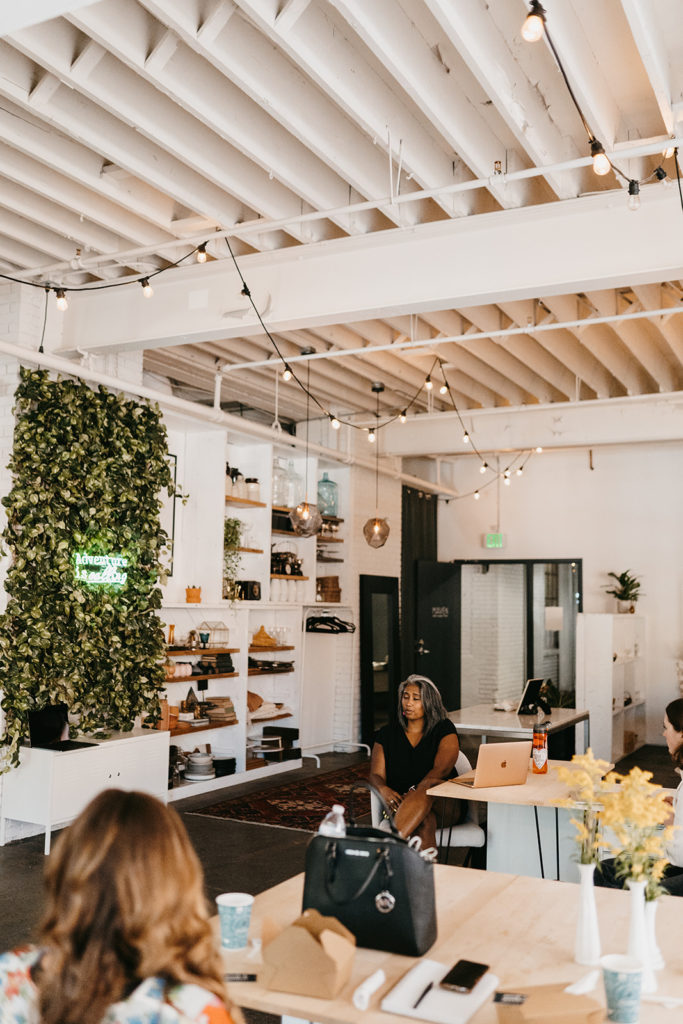
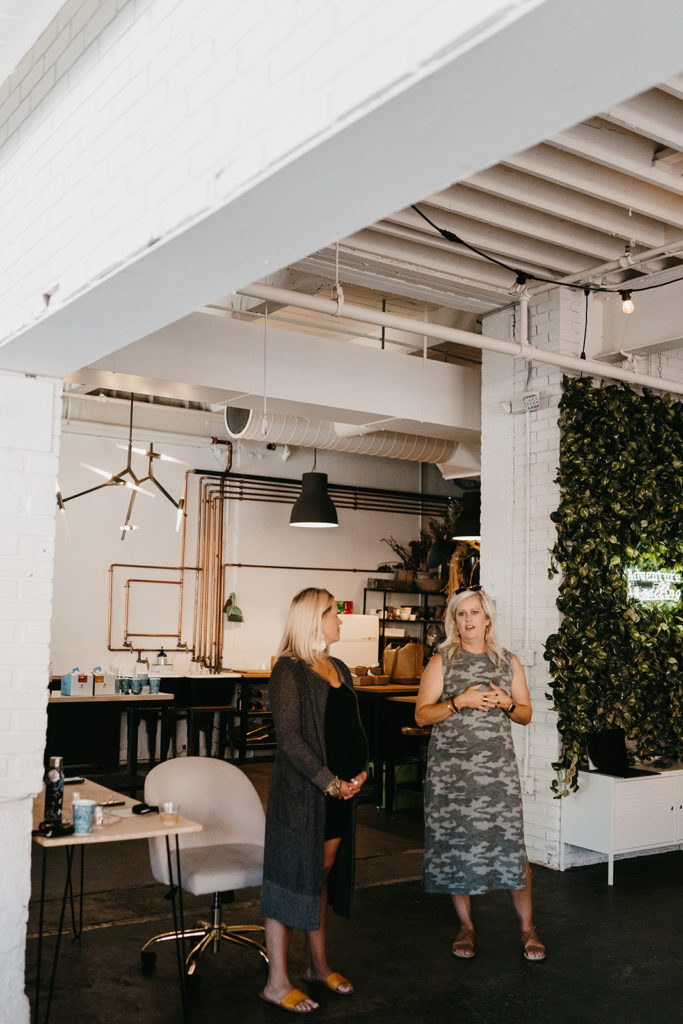

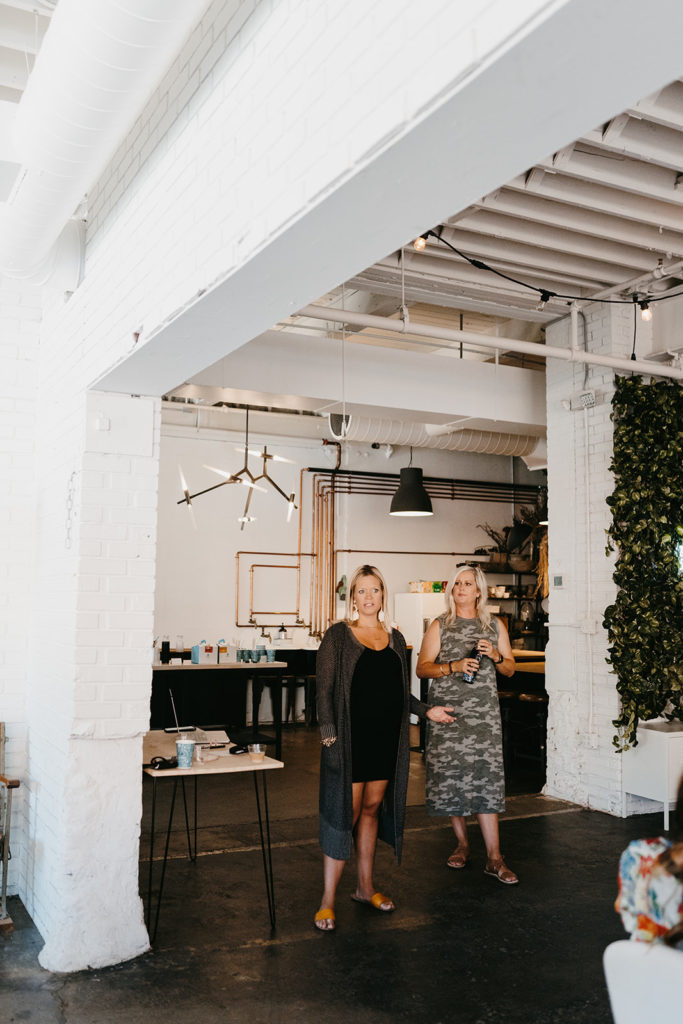


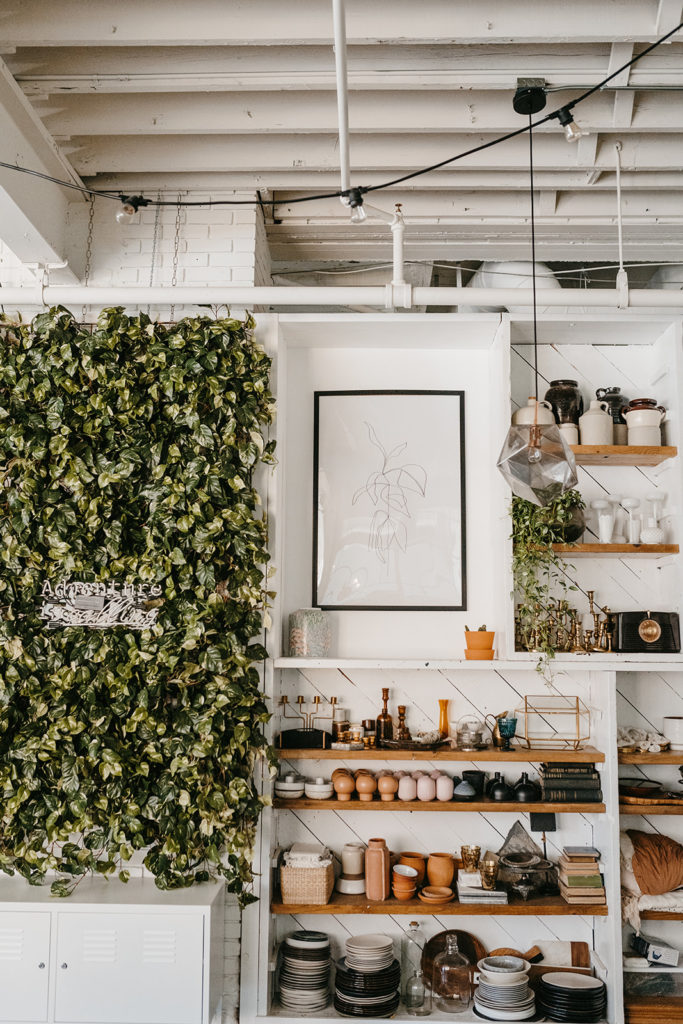
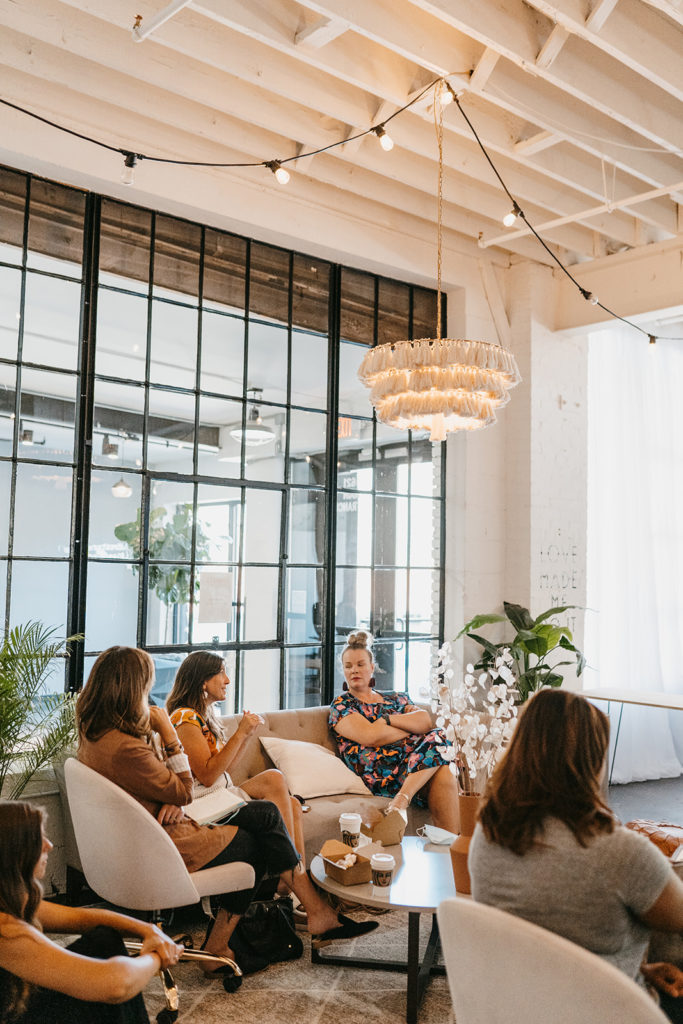
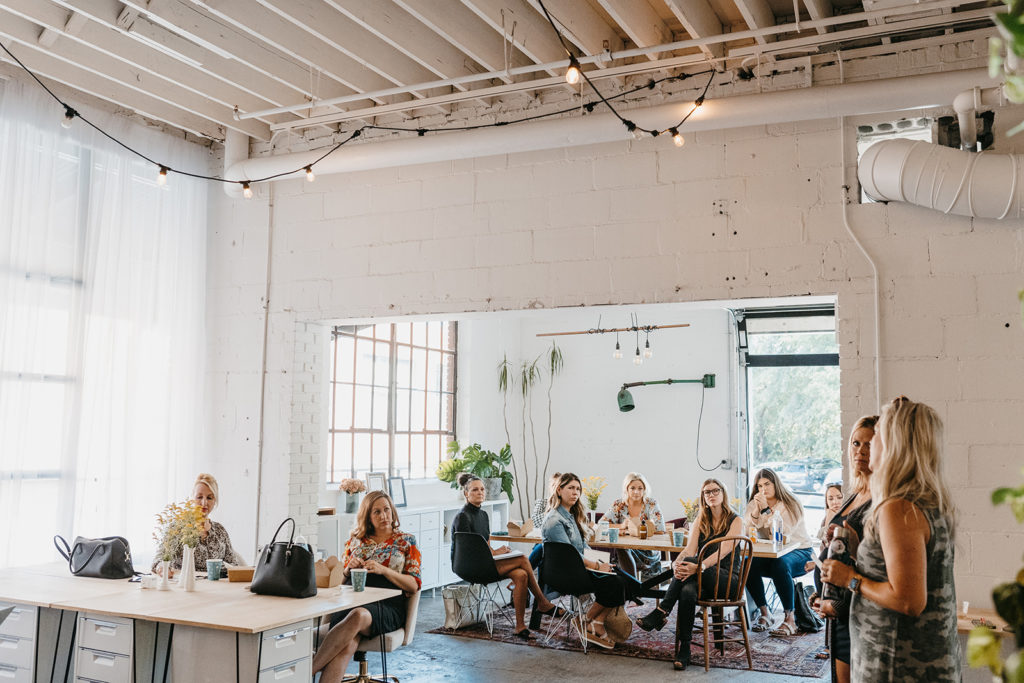

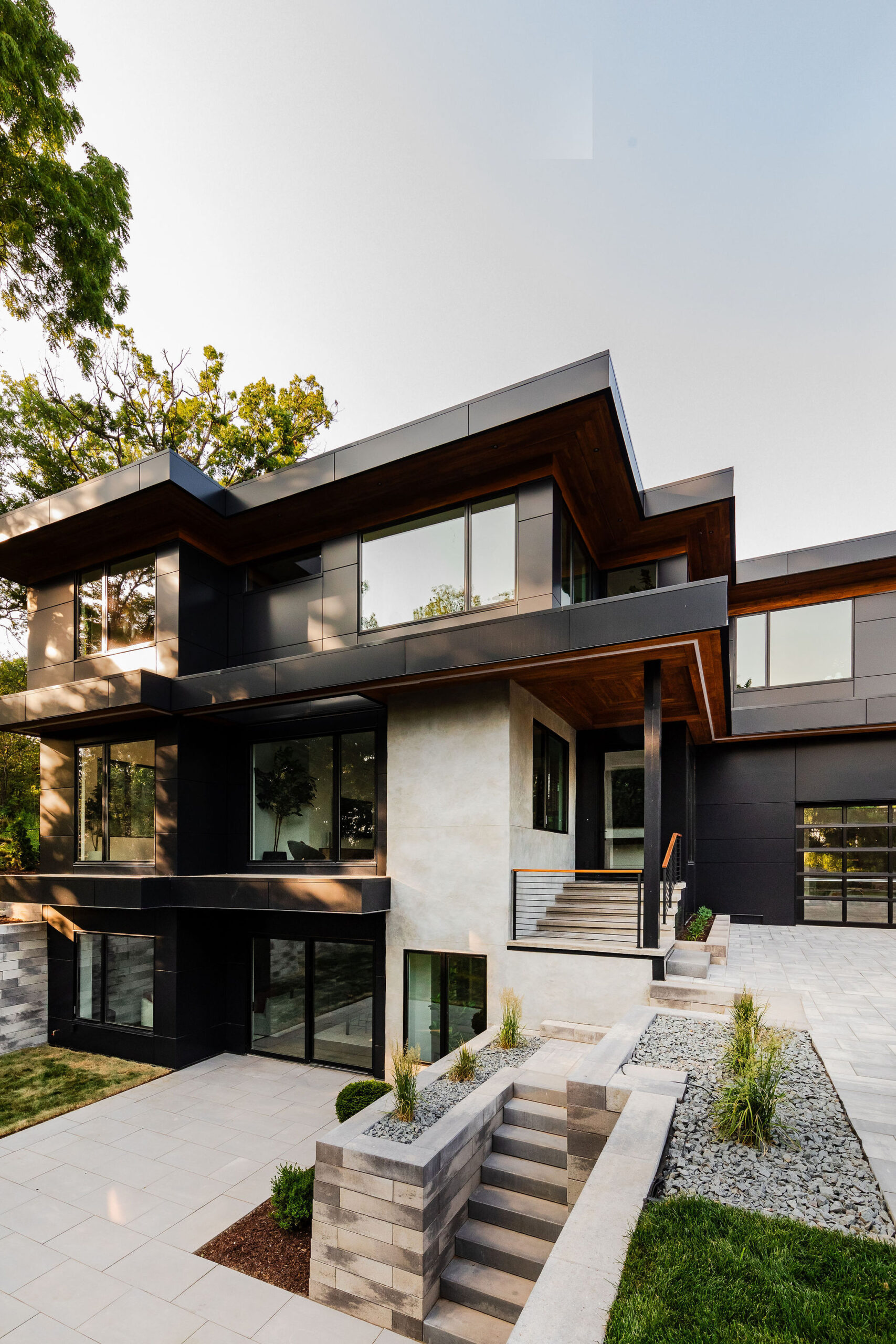
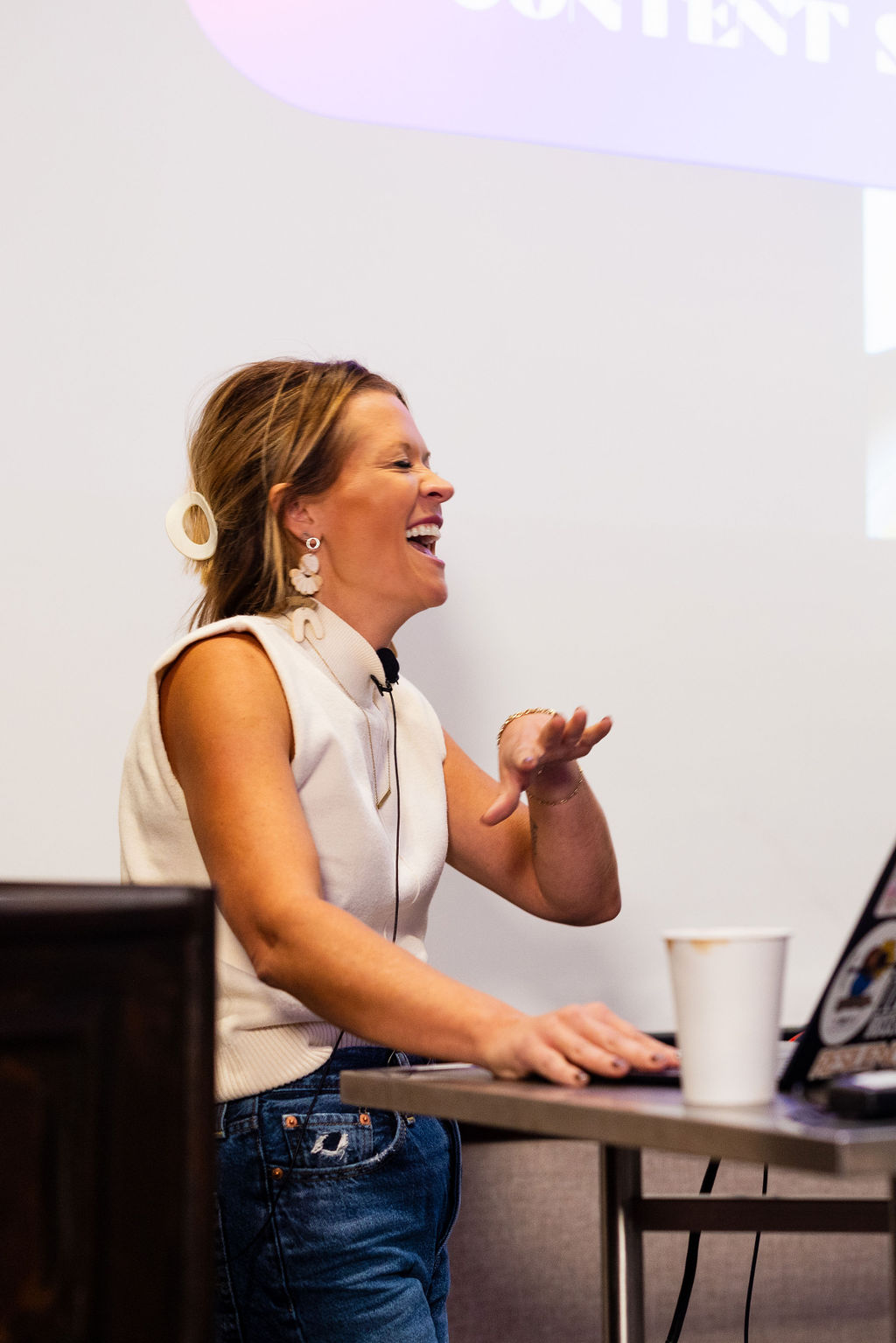
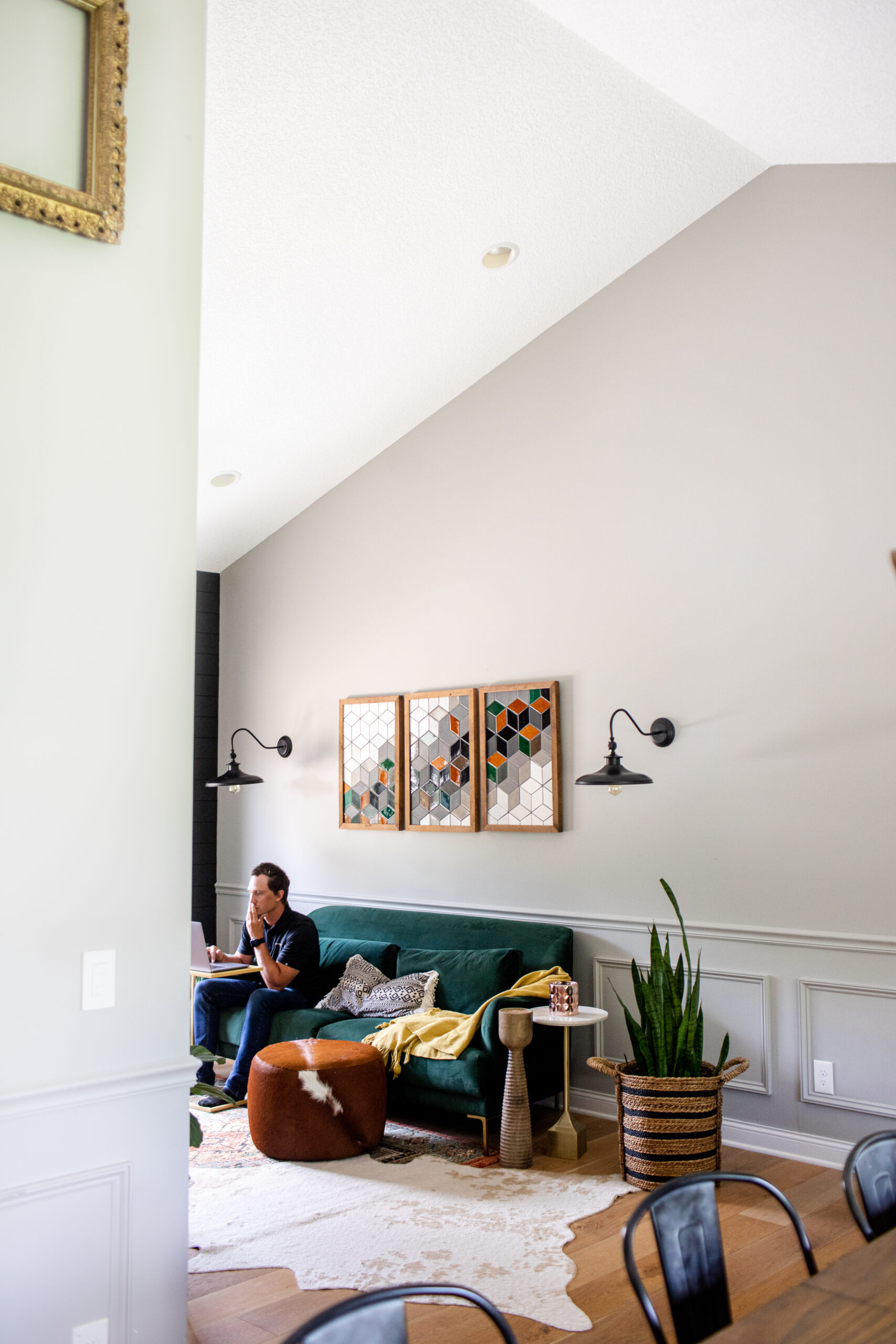
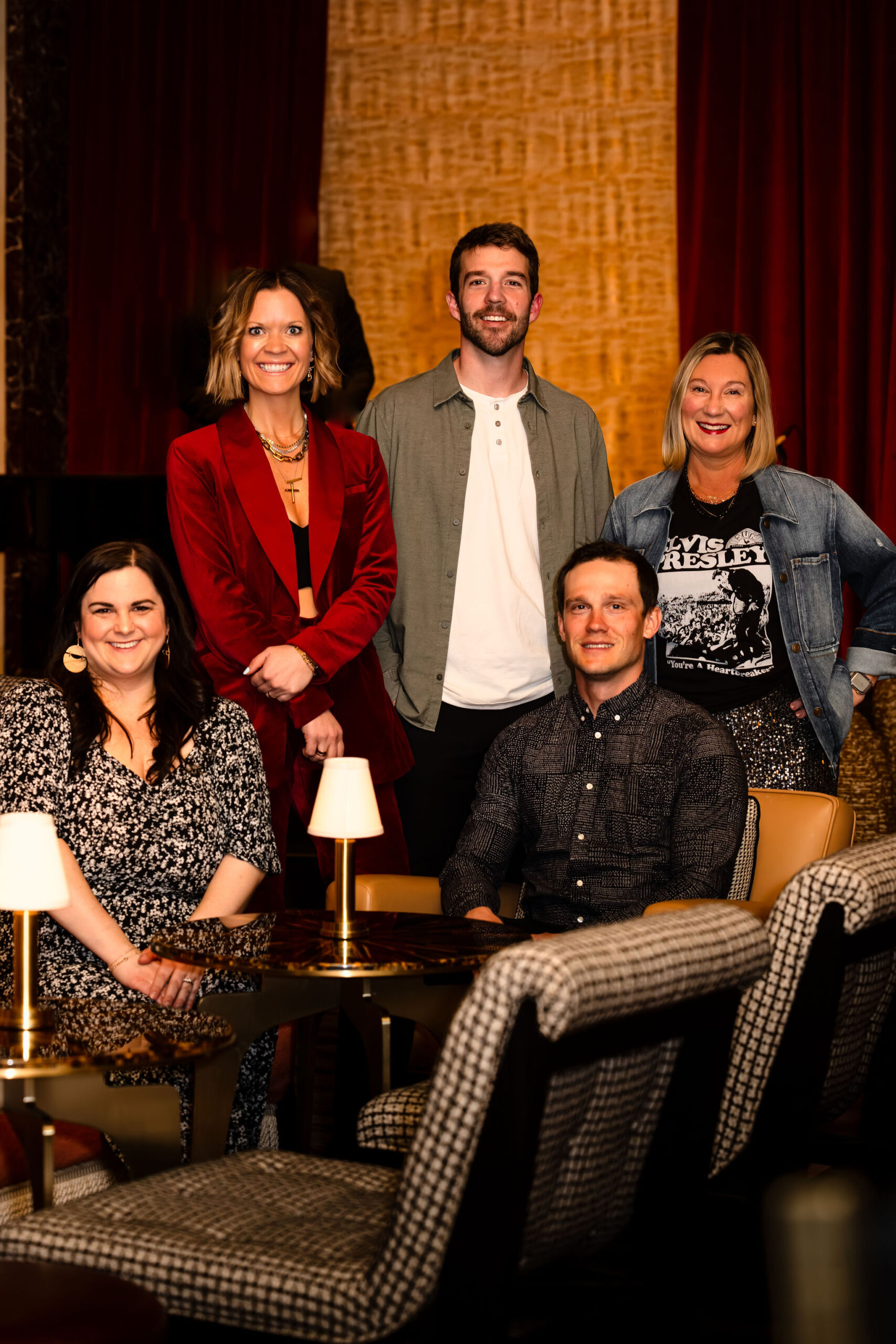
One thought on “How to Get Started in the Design Industry”
Comments are closed.